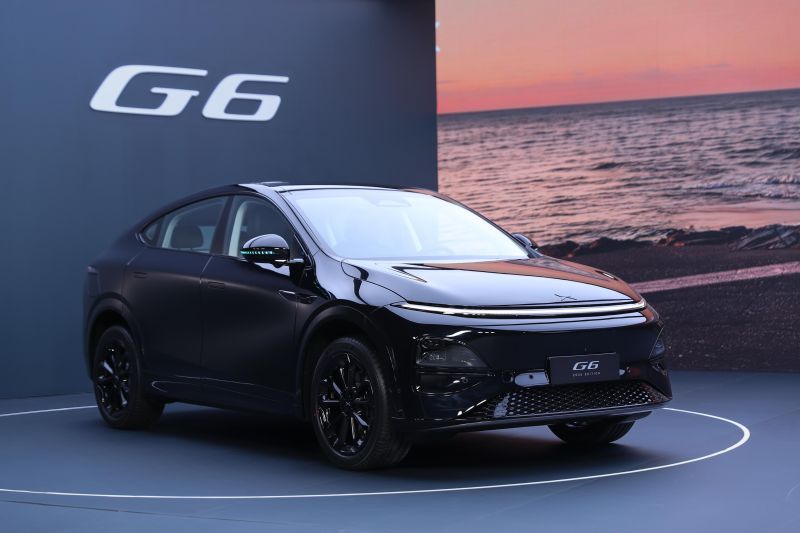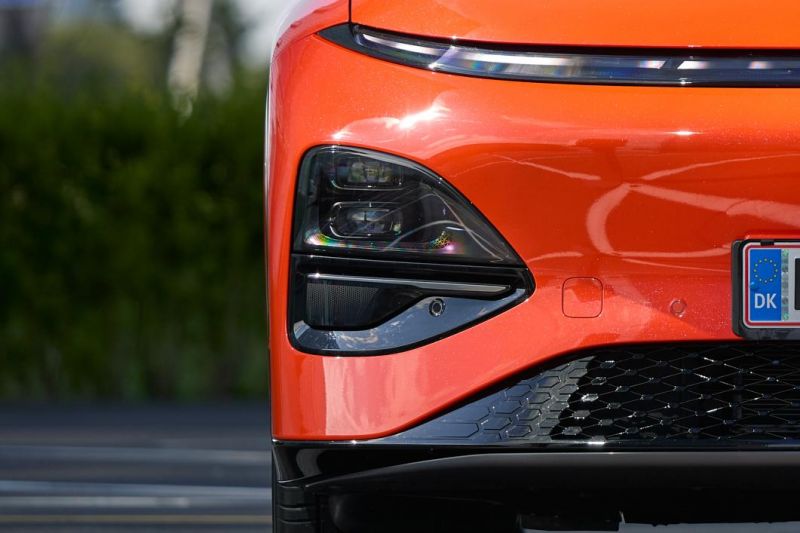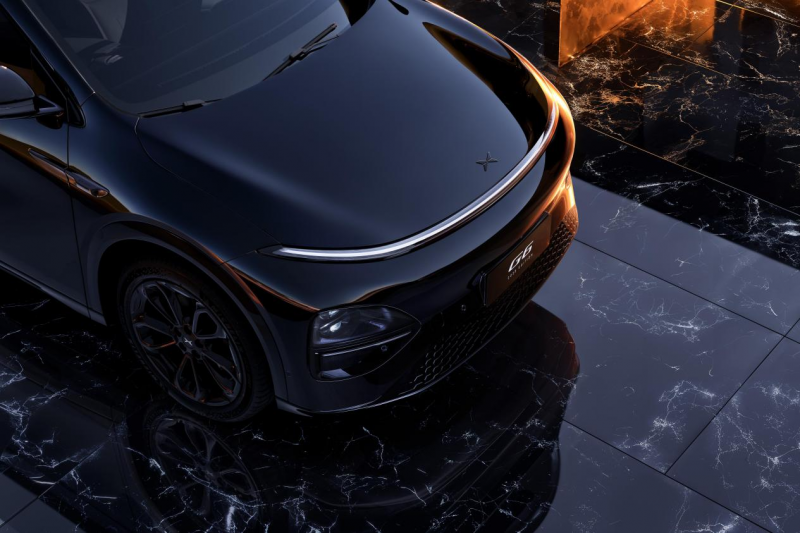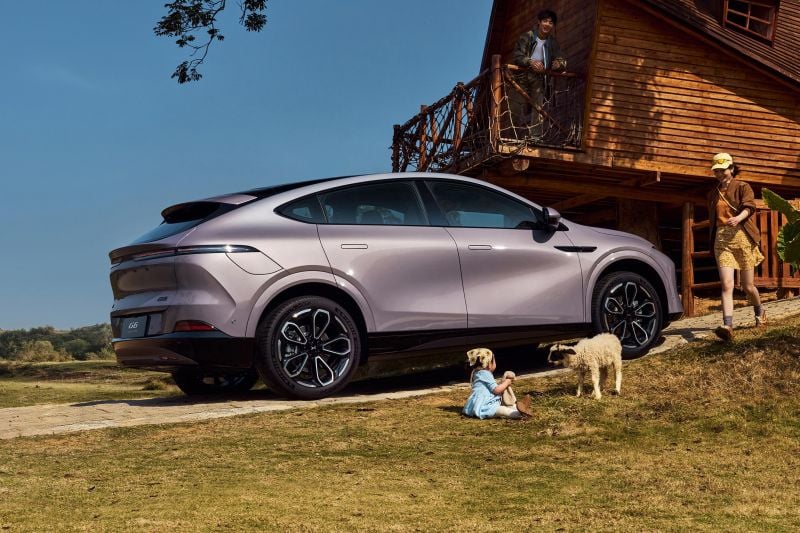Our series on brand overviews continues, and again with another Chinese newcomer.
This time, it’s Xpeng, which holds the unique distinction of being an entirely privately owned company focused solely on electric vehicles (EVs).
It has high-profile executives and financial backing from several international businesses, and it’s international expansion is relatively fresh despite having existed since 2014.
Even then, it only launched in Europe in 2021 and didn’t arrive in Australia until late 2024. Its timeline isn’t that different from fellow Chinese manufacturer BYD, but Xpeng has yet to prove whether it can achieve the same sales prowess locally.
Hundreds of new car deals are available through CarExpert right now. Get the experts on your side and score a great deal. Browse now.
It’s still too early to predict too, as there’s only one Xpeng car currently on sale here. As ever, it’s a direct rival to electric SUVs like the Tesla Model Y.
Xpeng, or at least its Australian importer and distributor TrueEV, has already outlined strong ambitions in growing its local dealer network, which could pave the way for greater sales and further Xpeng models to make the trek Down Under.
Have you seen one or two brightly coloured, softly styled SUVs and not sure what it was? It may have been an Xpeng, so here’s everything you need to know about one of Australia’s newest brands.
Interested in an Xpeng? CarExpert’s specialists can help get you in touch with a dealer
MORE: Everything Xpeng
What is Xpeng?
Xpeng Motors is an EV manufacturer headquartered in Guangzhou, Guangdong, China. Founded in 2014, the company also has offices in Mountain View, California, and Munich, Germany.
-
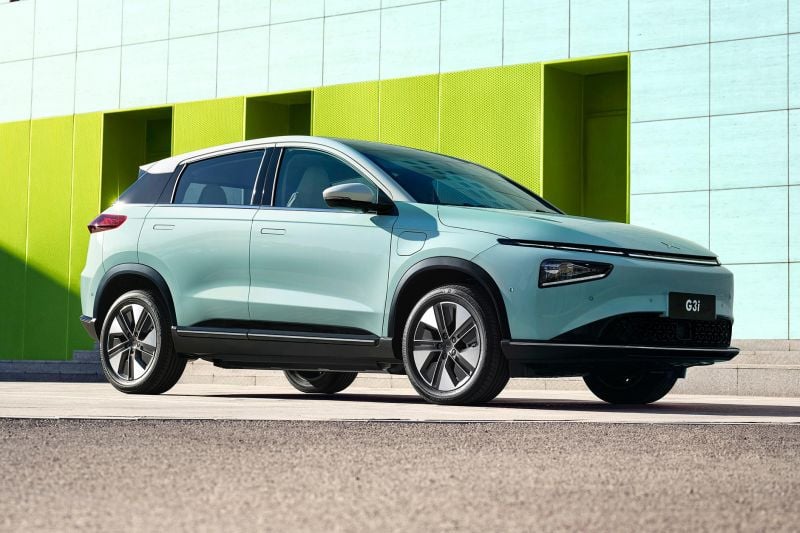
Xpeng G3i facelift
Its was founded by Xia Heng and He Tao, both former senior executives at fellow Chinese automaker GAC Group. It was also backed by former Alibaba executive He Xiaopeng (the brand’s namesake and current chairman, CEO) and Lei Jun, founder of Chinese phone maker Xiaomi.
Xpeng Motors is known as 小鹏汽车 in Chinese, which in pinyin is xiǎopéng qìchē. It wasn’t until November 2018 that the company began production of its first vehicle, the G3 SUV.
That vehicle was launched the next month and was soon followed by the premiere of the Mercedes-Benz E-Class-sized P7 sedan in April 2019. The P7 went on sale in China in June 2020, at which point Xpeng was getting to grips with mass production,
A challenge faced by every startup, particularly in China, is mass production; and so most companies choose to partner with a more established firm, or at least sub-contract production to kickstart their efforts.
Xpeng was no exception to this approach in its early years, though it received a production license from the Chinese government in the early 2020s that allowed it to shift efforts to its then-only production facility in the city of Zhaoqing.
-
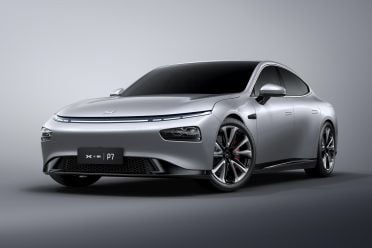
2020 Xpeng P7 -
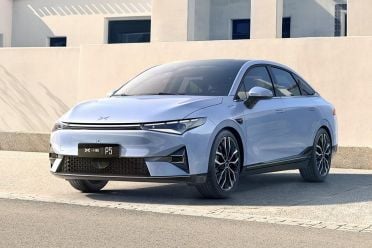
2021 Xpeng P5
The P5 compact sedan and G9 large SUV were introduced in 2021, though the former ended production in 2024. The P5 was smaller than the P7 but more technologically advanced, featuring dual LiDAR sensors, radar sensors, ultrasonic sensors, and cameras that all formed part of the brand’s ‘Xpilot 3.5’ ADAS system.
The G9, meanwhile, is still in production. When it launched, it was Xpeng’s first product to be conceived and designed for both Chinese and international markets.
In the same year those vehicles launched, Xpeng began exporting its P7 sedan to overseas markets, the first being Norway.
Starting in 2019, the Xpeng company received significant funding. Between November 2019 and late 2021, Xpeng grew in funding from various international investors, as well as Chinese ones like Alibaba Group.
This allowed the company to expand its production capabilities, beginning construction on a second plant in Guangzhou and announcing plans for a third in Wuhan. The completion of the second factory alone unlocked an estimated annual production capacity of up to 200,000 vehicles.
-
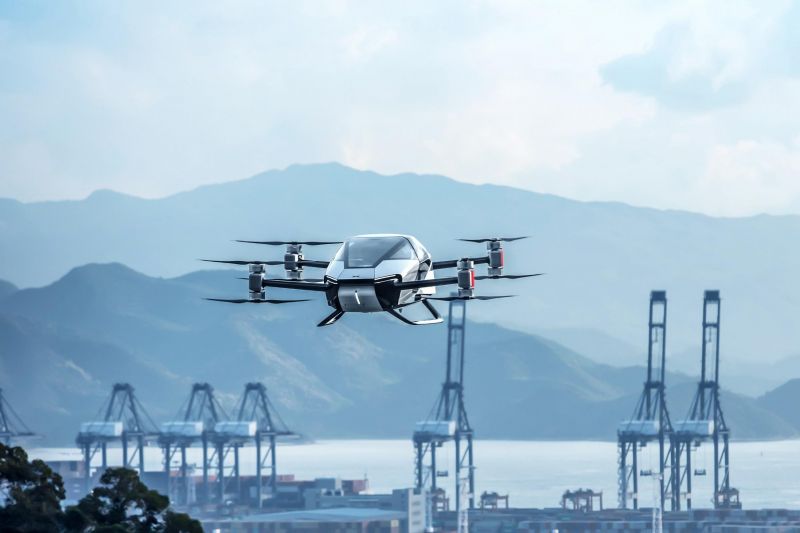
Xpeng X2
2021 also saw Xpeng subsidiary AeroHT announce funding to design and develop a flying car, which culminated in the X2 electric vertical take-off and landing (eVTOL) vehicle that launched in late 2024. AeroHT also has an X1 eVTOL, and the Land Carrier – a 6×6 range-extender electric eVTOL vehicle carrier.
In 2023, Xpeng unveiled the G6 SUV, which would eventually be the first vehicle the brand would bring to Australia. Later in the year, Xpeng partnered with European software company Access to develop its in-car infotainment systems.
The X9 people mover also entered production in 2023, at a similar time to Volkswagen Group announcing a US$700 million investment in Xpeng in return for a 4.99 per cent stake. This would allow the Group to collaborate with Xpeng in developing new Volkswagen-branded EVs for the Chinese market.
Soon after, Xpeng acquired the autonomous driving division of Beijing-based company DiDi in exchange for US$744 million worth of shares.
This is tied into Xpeng’s aforementioned Xpilot system, which features a combination of LiDAR, radar, and a camera to provide the vehicle with a comprehensive image of its surroundings to assist the driver.
-
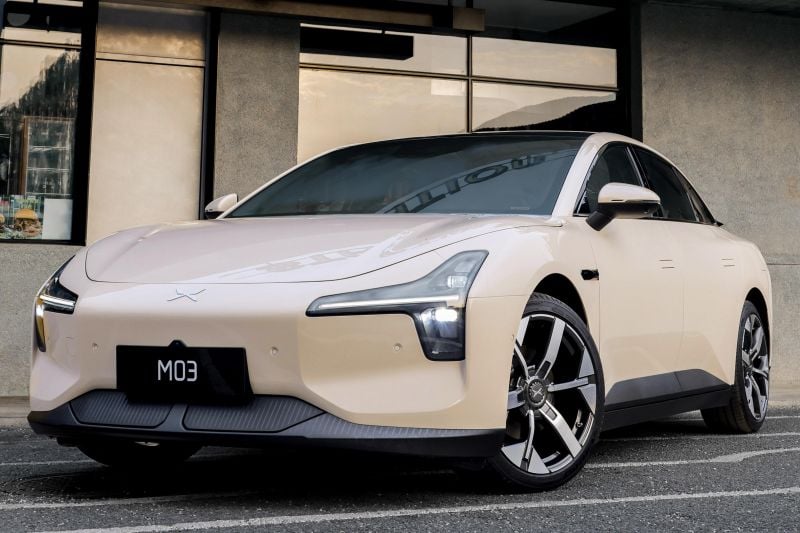
2024 Xpeng Mona M03
Vehicles such as the G9 and X9 feature this system, which allows for some level of autonomous driving. There’s also the P7+ sedan that launched in 2024, though it’s the first vehicle to feature Xpeng’s LiDAR-less “vision only” autonomous driving tech.
A bonus of Xpeng acquiring DiDi was that it received the Mona M03 five-door liftback, which was initially developed by DiDi. The original plans were for this vehicle to be the first as part of DiDi’s own budget EV brand and had even been spied testing, though it became an Xpeng model when DiDi sold its responsible division.
Other technologies featured in Xpeng vehicles include CATL batteries, developed by China’s largest battery developer.
Xpeng also has a vast network of charging infrastructure in China, with which it offers free charging to its customers – much like Tesla did. According to Xpeng’s website, the company has 772 branded supercharging stations, 1870 free charging stations, and 319 cities with free charging access.
That’s in addition to roughly 200,000 third-party stations in China’s major cities, and Xpeng continues to expand its supercharging network in Beijing, Shanghai, Guangzhou, and Shenzhen.
-

Xpeng chairman and CEO He Xiaopeng announcing Iron
In late 2024, Xpeng unveiled an AI humanoid robot known as Iron. The robot kickstarted Xpeng’s ambitions in robotics, and Xpeng said such technology has been incorporated into the company’s production lines – physically, it’s not too different to what Tesla showed off last year.
Xpeng announced Iron at its AI Day, at which it also showed off its new AIOS system for “in-car AI interactions” and its Turing AI Intelligent Driving System for Level 4 autonomous driving – considered “fully autonomous driving”.
At around the same time, Xpeng began selling vehicles in Australia. The first model on sale was the G6 SUV, a fully electric model that arrived in two variants. It’s one of many Chinese models competing directly with the Tesla Model Y, which has long been Australia’s best-selling EV.
Like many other Xpeng models, the G6 is available overseas with an even more advanced driver assist system than what is offered with Australian models.
Referred to as XNGP, the system comprises 31 sensors including two LiDAR sensors, five radar sensors, 11 cameras, and 12 ultrasonic sensors.
The G6 was developed with export markets in mind and went on sale in China in June 2023. According to Chinese reports, Xpeng’s sales reached 190,068 units in 2024, up from 141,601 in 2023.
Xpeng has also faced some controversy. In 2018, an ex-Apple employee was charged for stealing trade secrets from the US-based tech company, primarily regarding its autonomous car project, to try to get a job at Xpeng. The ex-employee pleaded guilty to trade secret theft in 2022.
Tesla sued an ex-employee in 2019 and accused him of stealing its Autopilot source code and bringing it to Xpeng. Despite not being a party to Tesla’s original lawsuit, Xpeng subsequently launched an internal investigation and utilised a neutral third party to compare its code against Tesla’s.
It was proved that nothing was copied, and Tesla and its ex-employee moved to settle soon after.
In 2021, Xpeng was fined 100,000 yuan for illegally collecting the facial data of 430,000 people who had visited its stores.
Interested in an Xpeng? CarExpert’s specialists can help get you in touch with a dealer
MORE: Everything Xpeng
What can you currently buy from Xpeng in Australia?
There’s only one Xpeng vehicle currently on sale in Australia.
| Model | Segment | Price range | Sales |
|---|---|---|---|
| Xpeng G6 | Medium SUV | $54,800 – $59,800 before on-roads | – |
Xpeng is one of a handful of brands that have yet to report sales figures to VFACTS, and we therefore don’t know exactly how well the G6 is performing since its launch at the end of 2024.
Two variants are available, designated as Standard Range and Long Range versions, though both have the same single-motor, rear-wheel drive setup.
The Standard Range is fitted with a 66kWh lithium iron phosphate (LFP) battery, providing a claimed range of 435km on the WLTP cycle. Outputs are quoted at 190kW of power and 440Nm of torque.
The Long Range has a different 87.5kWh nickel cobalt manganese (NMC) battery pack with a driving range of 570km on the WLTP cycle. Power is boosted to 210kW, while torque is unchanged.
Xpeng has also just rolled out a software update for the G6 aimed at refining the vehicle’s advanced driver assistance systems.
Interested in an Xpeng? CarExpert’s specialists can help get you in touch with a dealer
MORE: Everything Xpeng
Which brands does Xpeng compete against in Australia?
As is the case with many other new Chinese brands, Xpeng is competing with its compatriots and, naturally, the EV segment-leading Tesla Model Y.
-
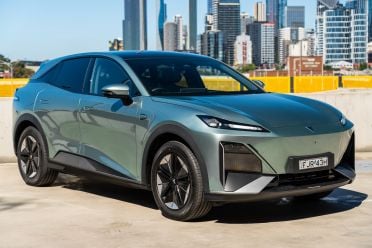
Deepal S07 -

Leapmotor C10 -
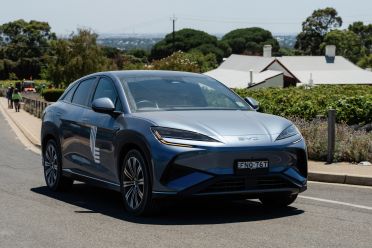
BYD Sealion 7 -
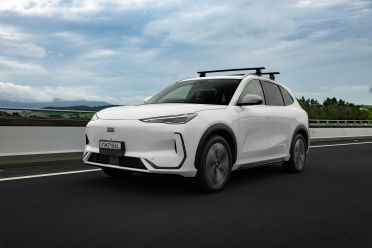
Geely EX5
Prime Chinese rivals include Leapmotor, Geely, and especially Deepal. Leapmotor sells the C10 EV in Australia for $45,888-$49,888 before on-roads depending on variant, though it has a shorter claimed WLTP driving range.
Geely’s EX5 is considerably cheaper than the G6 at either $40,990 or $44,990 drive-away, depending on the variant. Claimed range lags though, as the furthest-travelling variant can supposedly manage 430km on the WLTP cycle.
The Deepal S07, meanwhile, is the closest match to the G6 at $53,900 before on-roads and has a similar claimed WLTP range of 475km.
There’s also BYD, which is best matched with its Sealion 7, that has joined an already-established lineup in Australia. It’s on par with the G6 at either $54,990 or $63,990 before on-roads and has a claimed WLTP range of up to 482km, falling short of the G6 Long Range’s claim.
-
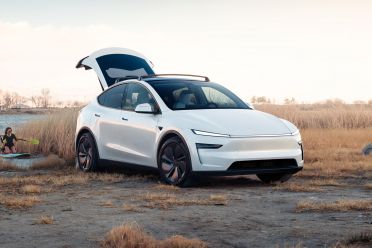
Updated Tesla Model Y -
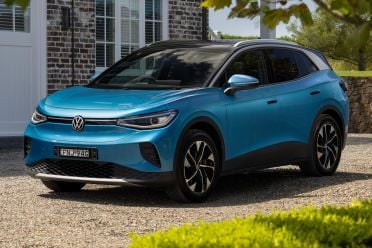
Volkswagen ID.4
The Tesla Model Y has been the electric SUV leader in Australia and around the world for a while, and though it’s soon getting an update, the outgoing model is still worth a mention. It costs between $55,900 and $82,900 before on-roads and can supposedly travel as far as 533km on the WLTP cycle.
Its upcoming update will be similarly priced to the G6, starting from $58,900 in its most affordable form. It’ll have a claimed driving range of 466-551km on the WLTP cycle, depending on the variant.
There’s Volkswagen’s new ID.4 and ID.5 SUVs too, but the ID.4 is a closer rival based on its starting price of $59,990 before on-roads and its rear-wheel drive setup. A comparison can also be drawn with the Ford Mustang Mach-E, though that’s considerably more expensive.
Interested in an Xpeng? CarExpert’s specialists can help get you in touch with a dealer
MORE: Everything Xpeng
How popular is Xpeng in Australia?
As we don’t have specific sales figures for Xpeng in Australia, it’s hard to know.
What we do know is that the brand’s local distributor, TrueEV, plans to open at least 20 more sales, delivery and servicing locations across Australia by the end of 2025.
As is the case with every new brand, these efforts point to a desire to grow the Xpeng brand rapidly in Australia, and a physical presence is an ideal way to achieve that. The difference between Xpeng and other brands like Deepal and Zeekr however, is that Xpeng is an independent company without the backing of an overarching Chinese giant.
Even TrueEV itself has said that not every new Chinese brand will survive in Australia, making the early days of Xpeng’s local operation critically important.
For context, here are the sales figures for its direct rivals so far in 2025:
- Tesla Model Y: 3114
- BYD Sealion 7: 730
- Geely EX5: 188
- Leapmotor C10: 138
Deepal has yet to report sales figures, and the Volkswagen ID.4 and ID.5 have only just launched.
Interested in an Xpeng? CarExpert’s specialists can help get you in touch with a dealer
MORE: Everything Xpeng
What’s next for Xpeng?
As mentioned, the most concrete plans for Australia that have been outlined by Xpeng are regarding its retailer expansion.
There will be at least 20 new Xpeng locations opened in Australia by the end of 2025, which includes several so-called strategic locations.
Xpeng has a list of locations on its Australian website, which includes plans for the CBDs of Brisbane and Adelaide, and coverage across all states and territories – including in Darwin.
These locations are operated by importer and distributor TrueEV, and they’ve been “strategically positioned” sites “to provide maximum accessibility”.
In terms of vehicles, Xpeng currently only has the G6 medium SUV on sale here, but the company also lists the G9 large SUV and X9 people mover on its website.
It’s also previously confirmed it’s looking to bring the P7 Plus sedan and Mona M03 liftback to Australia.
-
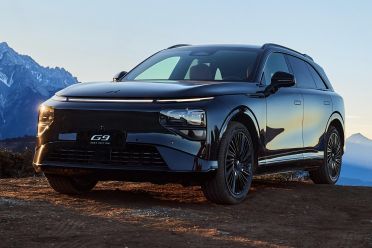
Xpeng G9 -

Xpeng X9
In the context of new Chinese brands coming to Australia, TrueEV seems confident that Xpeng will survive. That doesn’t mean there won’t be any risk though, as confirmed by TrueEV CEO Jason Clarke late last year.
“Our global CEO says there’s currently about 200 EV brands in China, and he believes only seven of them will survive,” Mr Clarke said.
“Absolutely [it will be the same story in Australia]. Even the legacy brands are going to find it tough.
“We’re very cautious with our demand and our ordering, to make sure we’re not over-ordering and that we can meet customer demand. I’m not worried, and we’re not strictly competing on price – we want our brand to speak for itself.”
Xpeng’s approach in Australia is different to that of its rivals. Deepal is leaning on an established dealer network of its Australian distributor, Inchcape, while Leapmotor is leaning on the Stellantis dealer network.
“The whole dealer spiel of ‘just give me a minute and I’ll speak with my manager’ – we’re done with that,” Mr Clarke said.
“We’ll be doing drive home test drives where you land at Sydney Airport and get an Xpeng to drive you back, so a test drive valet service. We’re trying to reach our audience in a different way and even interact differently through social media.
“It’s going to be like a supermarket chain, where there’s no shortage of assortment of breakfast cereal. It’s up to us to market the features and the technology, and the fact we’re a lifestyle brand.”
Interested in an Xpeng? CarExpert’s specialists can help get you in touch with a dealer
MORE: Everything Xpeng




